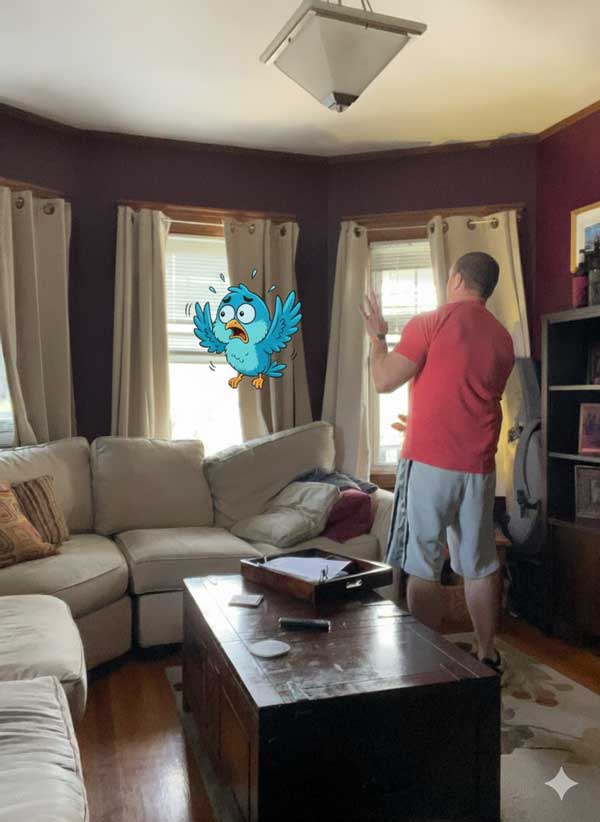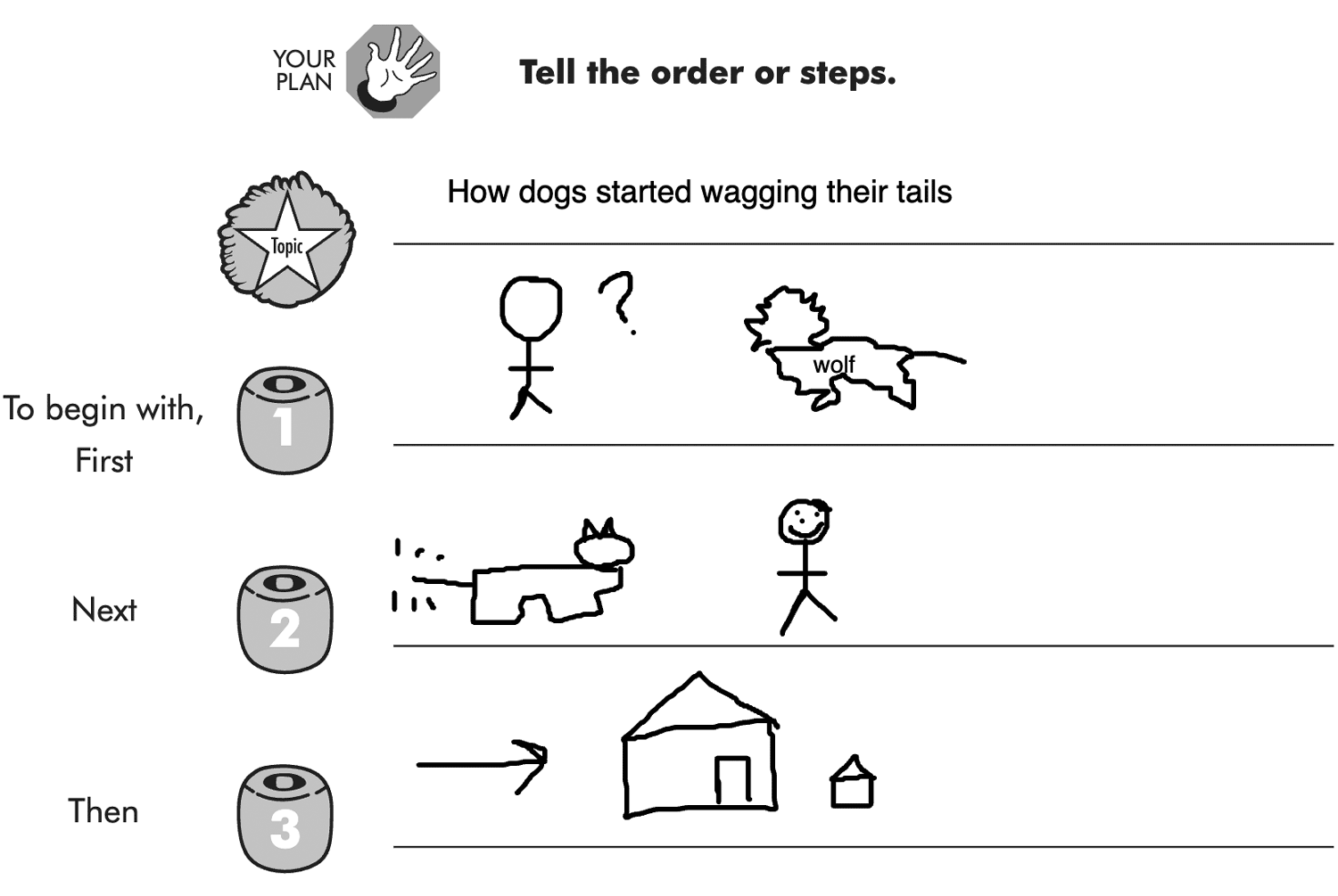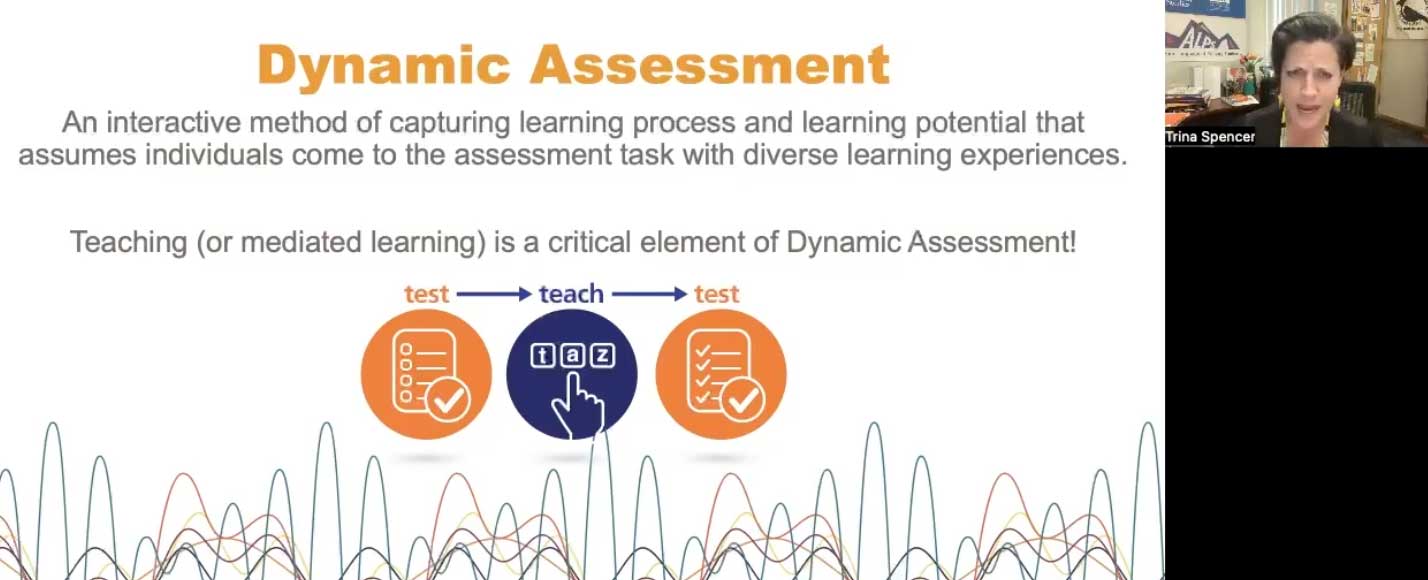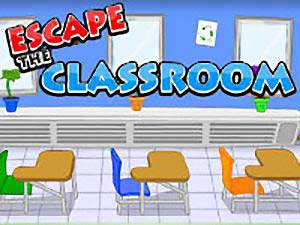Menu
-
- Home
-
About Us
-
The Approach
-
Linking Language & Literacy
-
Professional Learning
-
Learning Resources
-
SHOP
-
Blog
-
- About MindWing
- Our People
- Contact Us
- Your Account
- Login
-
Spain (EUR €)

MindWing Concepts Blog

Tool Tuesday: Make a Photo into a Story!
October 06, 2025
McCabe and Rollins (1994) perfectly describe the value of model stories in their article on eliciting narratives: “In spontaneous interactions, you have to tell a story to get a story. Almost everyone has experienced awkward silences in social situations. No one can think of a thing to say. However, the minute one person launches into a tale about locking keys in his or her car or leaving lights on in a parking lot, virtually all others in the group share a similar incident that happened to them.”

Tool Tuesday: Summer Study Series, Part 3—Expository Intervention Research!
August 25, 2025
Sketch and Speak works like it sounds, scaffolding students’ use of pictography, or quick sketches, to visualize details of an expository passage, followed by their oral description. This process has terrific synergy with MindWing’s methodology and materials, particularly ThemeMaker, as structural comprehension approaches (i.e. ,analyzing List, Sequence, Description, Compare-Contrast, and other structures) go hand-in-hand with developing understanding of the expository content. In fact, MindWing’s Expository Maps go so well with this strategy, they can literally be used as the space for it.

Tool Tuesday: Summer Study Series, Part 2–Thinking about CRISP weather?
July 28, 2025
The American Speech‑Language‑Hearing Association (ASHA)’s CRISP Committee (Clinical Research, Implementation Science, and Evidence-Based Practice) has developed a series of nine modules on evidence‑based and best practices assessment, which would serve as a great self-guided study activity as we think about the fall! The site, hosted on ASHA’s Teaching, Learning & Research (TLR) Hub, grabbed my eye since it relates to narrative as a critical aspect of any speech-language assessment, and in particular, MindWing’s tools for supporting these processes, including Story Grammar Marker®...

Tool Tuesday: Summer Study Series, Part 1—Getting Gamey!
June 23, 2025
Happy Summer! Each year we set aside these few months on the blog to explore some recent research articles and literature that have relevance to MIndWing’s tools and narrative and expository language supports. This month we check out the first of a two-part article discussing game-based learning (GBL), a popular approach for engagement in classrooms, which can be found at Getting Serious About Games: Exploring How Game-Based Learning Is Used in Education and Therapy. The piece has many points that relate to how games can be used as a language and learning context...

Tool Tuesday: Google’s Arts and Culture Games
May 25, 2025
If Google’s Arts and Culture website can be taken as a model, it seems like artificial intelligence (AI) is rejuvenating the interactive website. For some years there was a wealth of interactive websites that allowed for making choices and creating stories, but these seem to have faded with the retirement of technologies like Flash, and also by the redirection of priorities through the pandemic years. Check out Google’s growing library of games for some hope for this form of instructional technology. Sparky is a great one to start with. In this activity, you create inventions by combining everyday objects. Begin by choosing a purpose for the invention—food, music or travel—then allow your students to use their imaginations and collaborate…

Introducing the Language Comprehension Institute Just in Time for National Speech-Language-Hearing Month!
May 06, 2025
